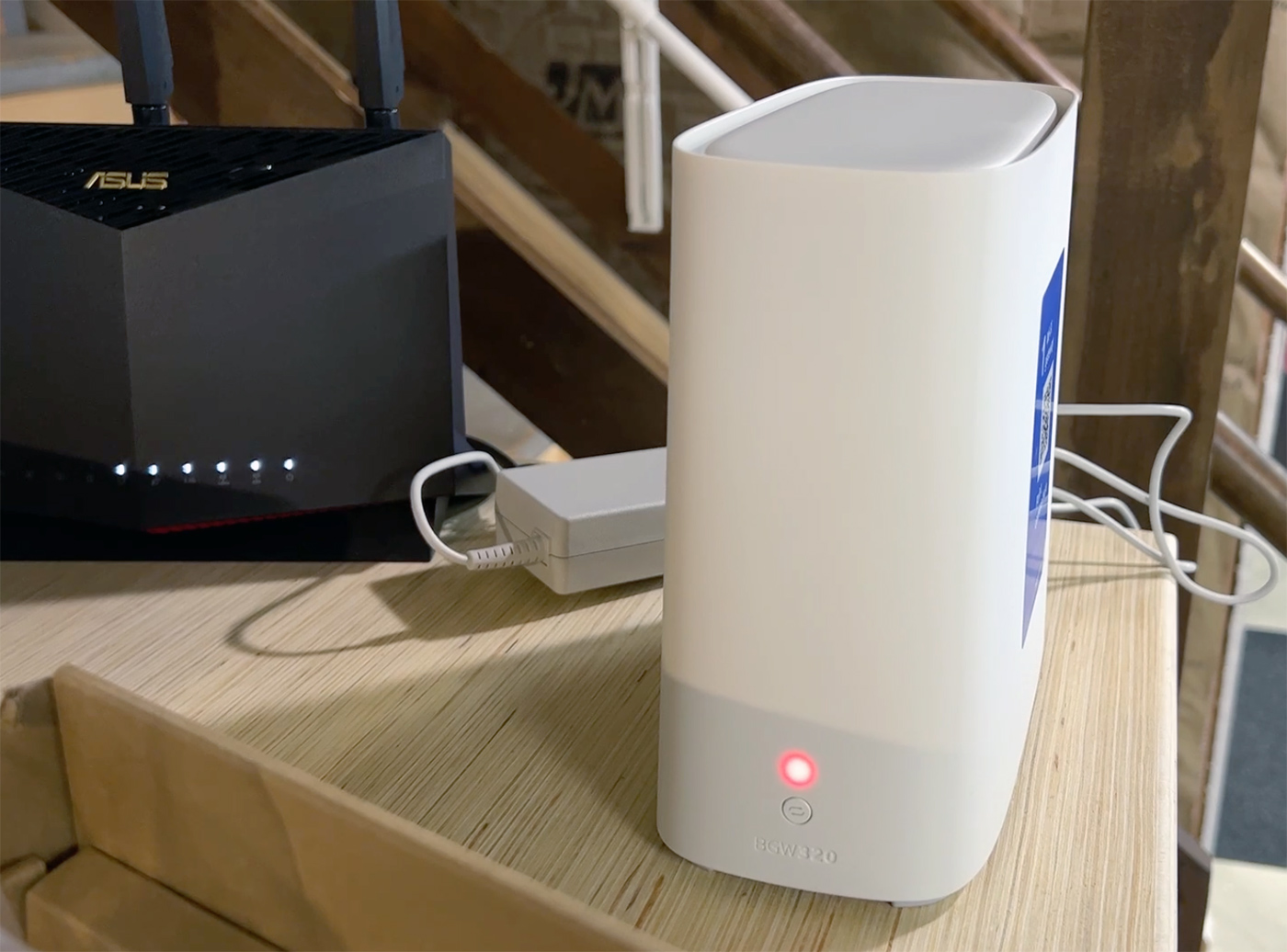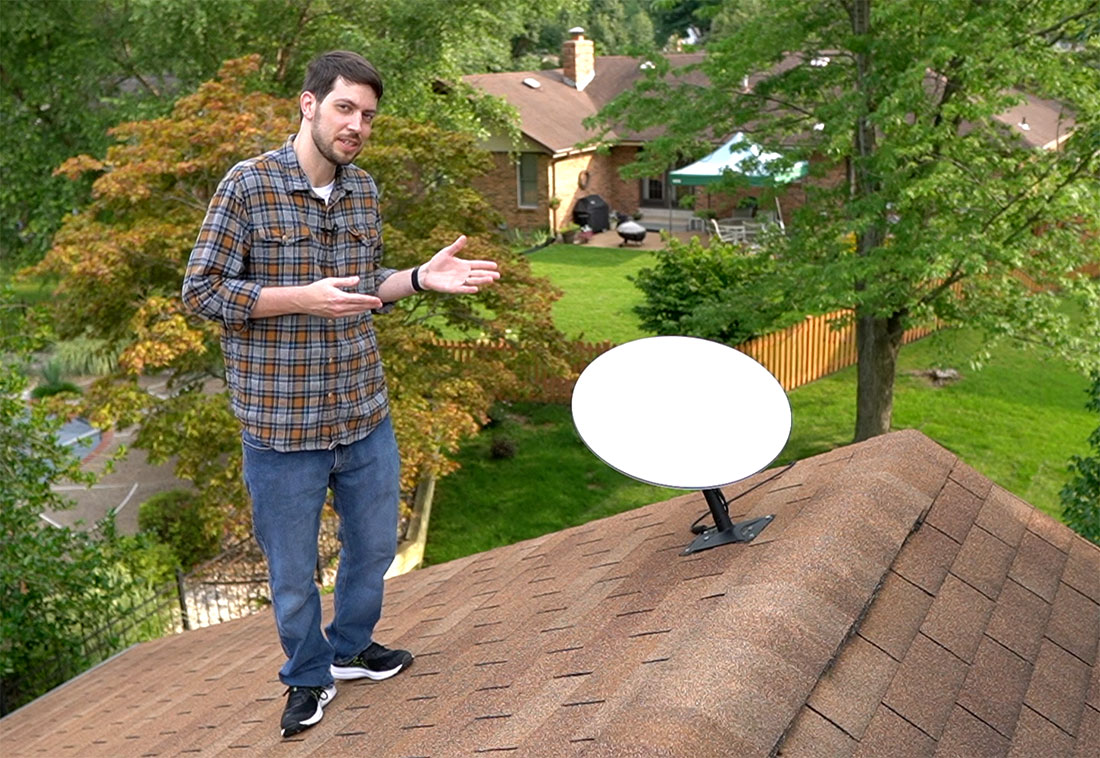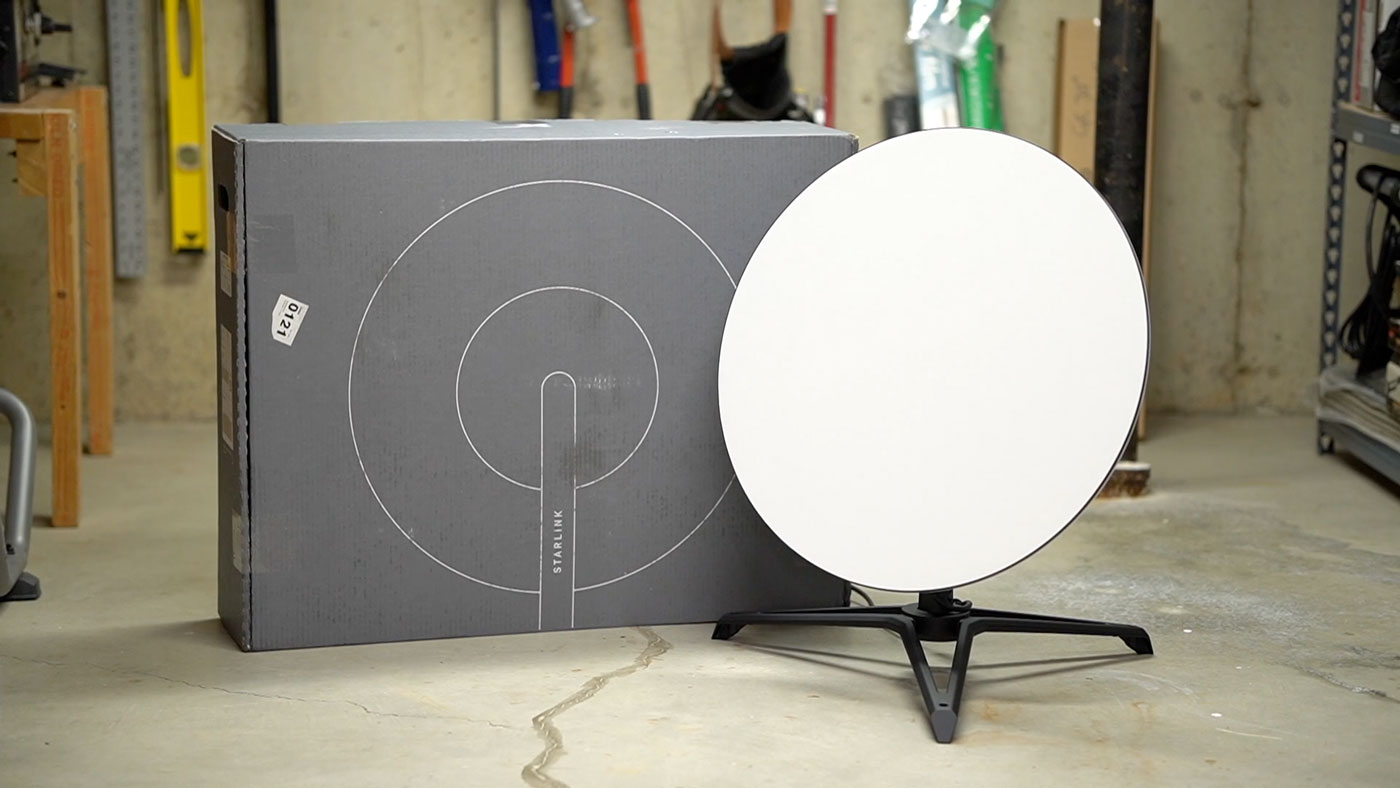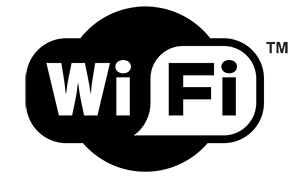
For the past eight years, I've been bouncing back and forth from one ISP to another, trying to find one that actually feels worth the load of money I pay for it.
I've used a variety of services from both of the main St. Louis area providers (AT&T and Charter Communications), and am testing Clear wireless (a new game in town, but one that's been around in Chicago and other larger cities for a year or more). I've paid anywhere from $15/month to $90/month (for Internet service alone—I've never participated in the 'Charter Bundle,' 'Uverse' or any voice/data/video bundles).
I'm going to go through the reasons why I've tried all the different services, and what I've liked—and hated—about each. As a prelude, I am still not pleased with the performance I've received from any of the providers (at least, not for what I'm paying/have paid!).
AT&T 'High Speed' DSL
I've tried AT&T's DSL service in three different parts of St. Louis: North county, the Central West End, and Shrewsbury. In all three areas, I've encountered the same problem—an unreliable connection.
I've been through many support calls, and in all cases, when a technician is sent out, he says the line signal is perfect. Go figure. I've used a few different modems, some rather expensive, and they've all exhibited these problems.




 I was recently in Chicago, lamenting the fact that, to use the Boingo WiFi at the airport for a mere half hour, I'd need to pay $6.95; rather than pay this outrageous amount (since I already have an iPhone with Internet access, and the WiFi would be a convenience, I looked to Google for some help.
I was recently in Chicago, lamenting the fact that, to use the Boingo WiFi at the airport for a mere half hour, I'd need to pay $6.95; rather than pay this outrageous amount (since I already have an iPhone with Internet access, and the WiFi would be a convenience, I looked to Google for some help.